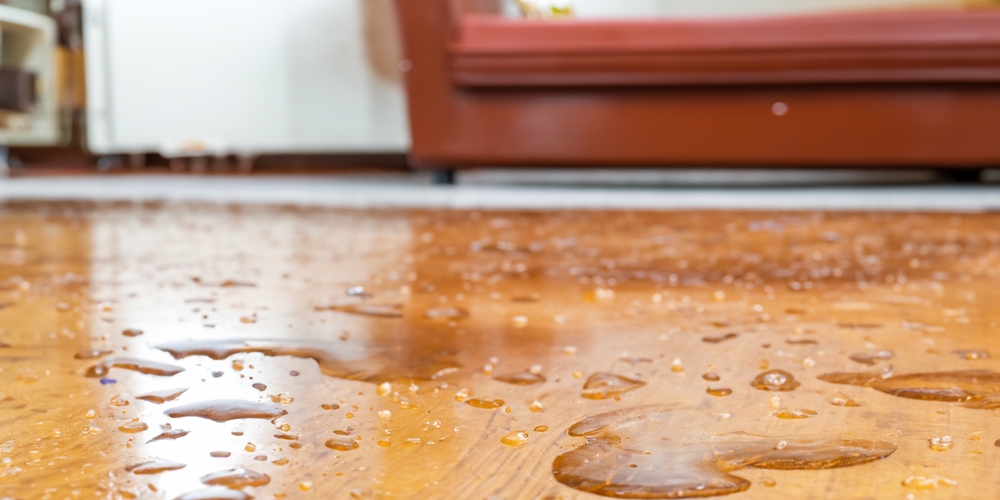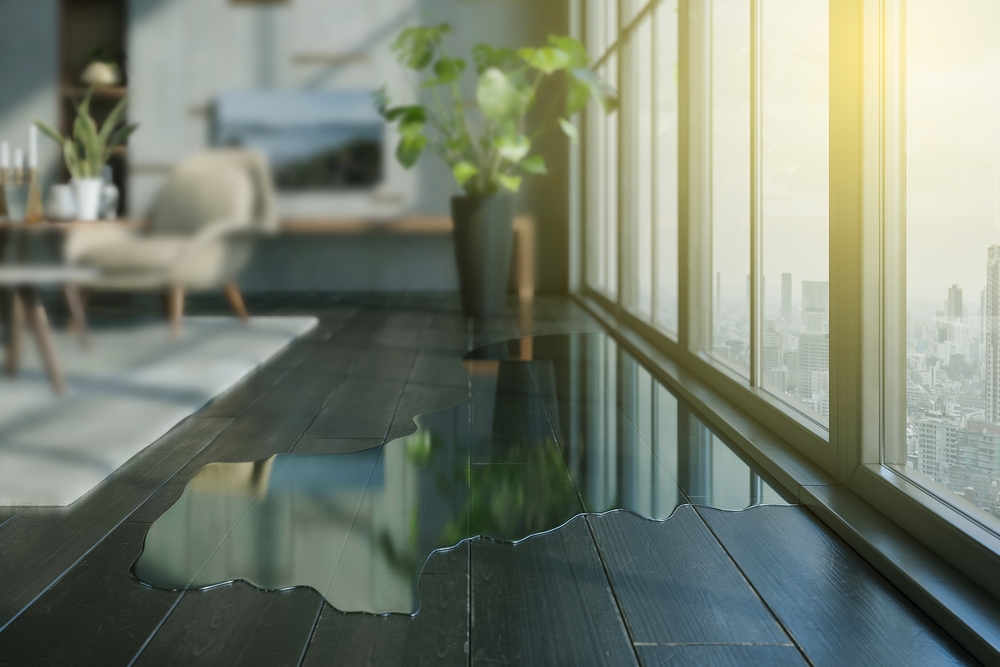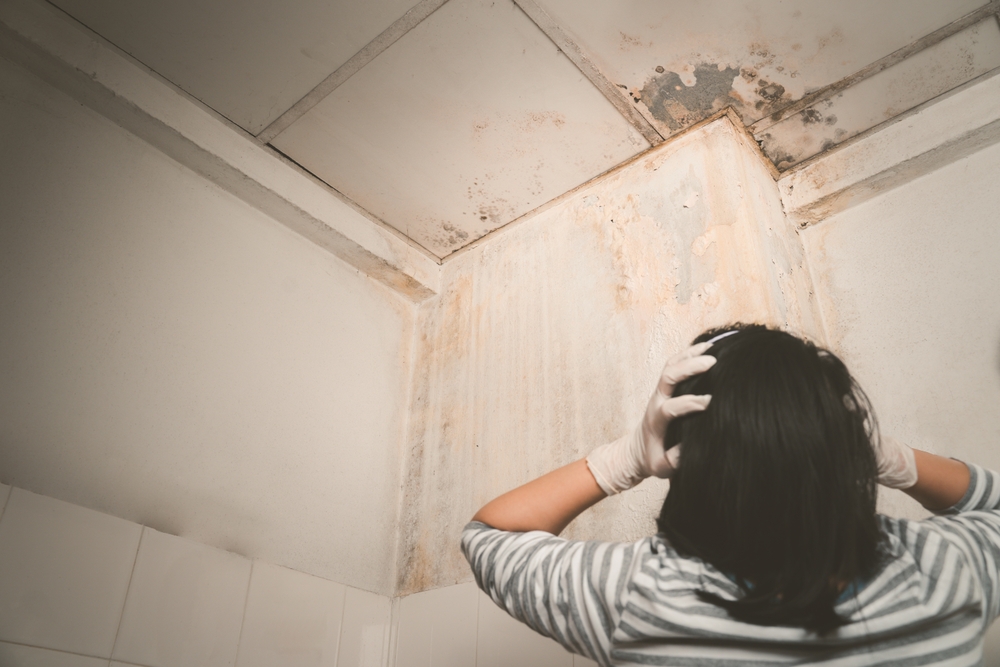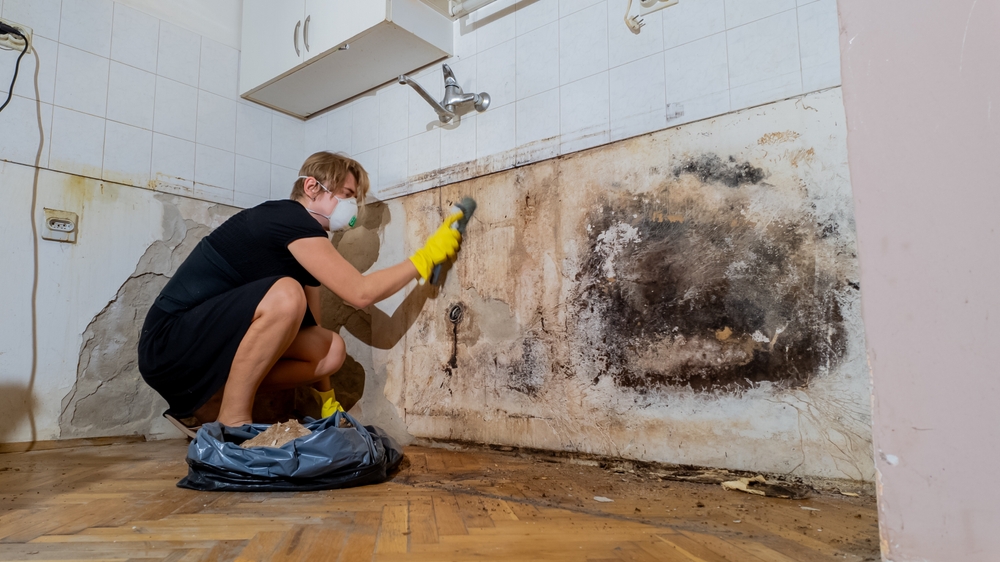Particularly if it compromises your gorgeous hardwood flooring, water damage in hardwood floors of your house can be a major issue. Imagine watching a glass of water trickle into the wood. Dark areas show up and the wood begins to warp before you know it. Maintaining good condition of your floors depends much on quick response. This tutorial will teach you how to spot water damage, act quickly to guard your flooring, properly dry them, and even fix them should need. Let’s look at the actions you may do to preserve your hardwood flooring!
Introduction
Think of this: It’s a rainy day or you unintentionally wet your hardwood floor. You might not be worried at first, but soon you see dark areas and observe that the wood is beginning to distort. Though they are gorgeous and sturdy, hardwood flooring are somewhat water-sensitive. Should water linger on them for too long, warping, buckling, and even mold development can result.
This guide will lead you through what to do when water stains your hardwood flooring. We will go over how to spot damage, the first actions to do, how to dry, clean, fix damage, and even how to stop future issues. Saving your floors and maintaining the safety of your house depend on your acting fast and deliberately.

Identifying Water Damage
You have to understand what water damage looks like before you can address the issue. These are some typical indicators:
- Discoloration: Search your hardwood floor for dark or even white patches. These areas reveal how differently water has colored the wood.
- Warping and Cupping: Cupping is indicated by a floor that seems to curving up at the edges or like a shallow bowl. The reason this occurs is water swelling the wood.
- Buckling and Swelling: Sometimes the wood will rise or separate, creating gaps between the boards.
- Gaps Between Planks: The wood may expand and then shrink as water enters, therefore creating gaps between the boards.
- Mold and Mildew Growth: If the water damage is not addressed right away, a musty scent or tiny mold spots may show up.
Your floors’ water content can be found with a moisture meter. This instrument lets you find concealed water damage you might not be able to perceive with your eyes.
Immediate Actions to Take
You first have to act quickly. You should start right away using these guidelines:
-
Safety First:
Turn off the electrical power in any place where you observe a lot of water or where any electrical outlets are located. Moreover, be cautious and be protected if you believe the water could pose any threat. -
Stop the Source:
Look for the water source. It might be a damaged appliance, a pipe leak, or even heavy rain seeping through the roof. , if at all possible, turn off the water source. -
Remove Standing Water:
- Mop Up Excess Water: As much water as you can, soak it up with towels and a mop.
- Wet/Dry Vacuum: If you have one, rapidly suck up the water using a wet/dry vacuum.
- Towel Drying: Press dry towels on the floor to draw out any remaining water.
-
Clear the Area:
Clear the area from any furniture, rugs, or objects that can obstruct air from drying the floor. The area will dry faster thanks to this.
Drying the Hardwood Floors
Complete drying of your floors is absolutely crucial. These actions could be useful:
-
Use Fans and Dehumidifiers:
Arrange fans in the room to blast air over the damp section. Dehumidifiers One can help extract moisture from the air by use of a dehumidifier. Together, both gadgets rapidly dry the floor. -
Improve Ventilation:
if the weather permits, open doors and windows. The drying process moves more quickly in fresh air. -
Time to Dry:
Drying could take a few hours to several days based on the water content. Move on after being patient and ensuring the floor is totally dry. -
Check for Moisture:
Check for moisture by once more running your moisture meter over the floor. Till the floor is dry, keep running fans and dehumidifiers if the meter indicates still moisture.

Cleaning and Disinfecting
Your floor must be cleaned and sterilised after it is dry to stop mold and more damage.
-
Clean the Affected Area:
Mix a mild detergent with water and then softly mop the affected area. Use only enough water—just enough to clean the surface—not too much. -
Disinfect:
Use a mild disinfectant to kill any bacteria and stop mould. Verify its safety for hardwood flooring. closely follow the product directions. -
Remove Mud or Debris:
If water brought in dirt or muck, gently wipe it off using a soft cloth or brush. Maintaining a clean floor not only makes it appear nice but also stops mold from spreading.
Repairing Damaged Hardwood
You must evaluate the damage to determine what repairs are required following cleaning. Here’s what you could do:
-
Assess the Damage:
- Minor Damage: Sanding and refinishing the floor will help you to correct a few minor warping or scrapes.
- Moderate Damage: If you find some swelling or cupping—where the boards’ edges curve upward—you might have to level the surface and apply a fresh finish.
- Severe Damage: Should the wood have buckled or show significant warping, it may be required to replace certain planks or even floor sections.
-
DIY Repair Options:
- Sanding and Refinishing: For surface damage, gently sand the area using fine-grit sandpaper. Apply a fresh finish then to regain gloss.
- Replacing Planks: Should a board be sufficiently damaged, you can remove it and substitute a fresh one. Although many do-it-yourself books can assist you through the process, this is a more complicated fix.
- Wood Fillers: Wood fillers can be used to cover minor damage such scratches or gaps. Sand gently and refinish the area once you have filled.
-
Addressing Subfloor Damage:
Water can occasionally harm the floor under as well as the wood floor. If you find problems with the subfloor, you might be better off calling an expert.
When to Call a Professional
Although a do-it-yourself technique can help many water damage issues, some require expert assistance:
-
Extensive Damage:
Should water have gotten into the subfloor or if a sizable portion of your floor is damaged, a professional could be required. -
Mold Growth:
Should you see indications of mold or a continuous musty smell, it is advisable to consult a professional mold remediation company to carefully examine and clean the affected area. -
Structural Damage:
A specialist should evaluate the matter if the water damage causes the floor to buckle noticeably or if you believe the damage is deeper than what you could observe. -
Insurance Considerations:
Should water damage be serious, you might need a specialist to record the damage for insurance purposes.

Preventing Future Water Damage
The best fix is avoidance. These suggestions can help you to protect your hardwood flooring from future water damage:
-
Regular Maintenance:
Regular maintenance includes routinely looking for leaks in windows, roofs, and pipelines. Early discovery helps to avoid major water damage issues. -
Prompt Spill Cleanup:
If you spill any liquid, including water, right away on your hardwood floor. Early response helps to stop water from seeping into the wood. -
Control Indoor Humidity:
Use a dehumidifier in damp places and track the humidity in your house. Maintaining low humidity—between 30% and 50%—helps to lower the water damage risk. -
Proper Ventilation:
Make sure spaces with significant moisture—such as restrooms and kitchens—have good ventilation. When at all feasible, open windows and run exhaust fans. -
Use Mats and Rugs:
Put mats or rugs in places like entryways or near sinks that can be prone to spills. Your hardwood floors will be better protected by this additional layer. -
Regular Inspections:
Frequent inspections of your floors will help you to spot any evidence of water damage, like warping or discolouration. Preventing major issues depends mostly on early discovery. -
Sealant Reapplication:
If your hardwood flooring have a sealant, make sure you follow the guidelines for reapplication. A good sealer guards the wood against moisture.
Conclusion
A major problem causing expensive repairs and even mold development is water damage to hardwood flooring. Your flooring will be saved and your house will be protected by fast action—identifying the water damage, eliminating water, completely drying, cleaning, and performing required repairs. Recall that preventing further damage depends critically on regular maintenance and quick spill cleaning.
Your house gains worth and beauty from your hardwood floors, hence treat them with the appropriate actions. See a specialist if you ever feel overburdled or if the harm is too great. Maintaining the strength and safety of your floors depends much on little preventative measures taken immediately.
Philadelphia Restoration Services
https://www.google.com/maps?cid=3399342399556699153
+1 267 668 0013
https://philadelphiarestorationservices.com/


